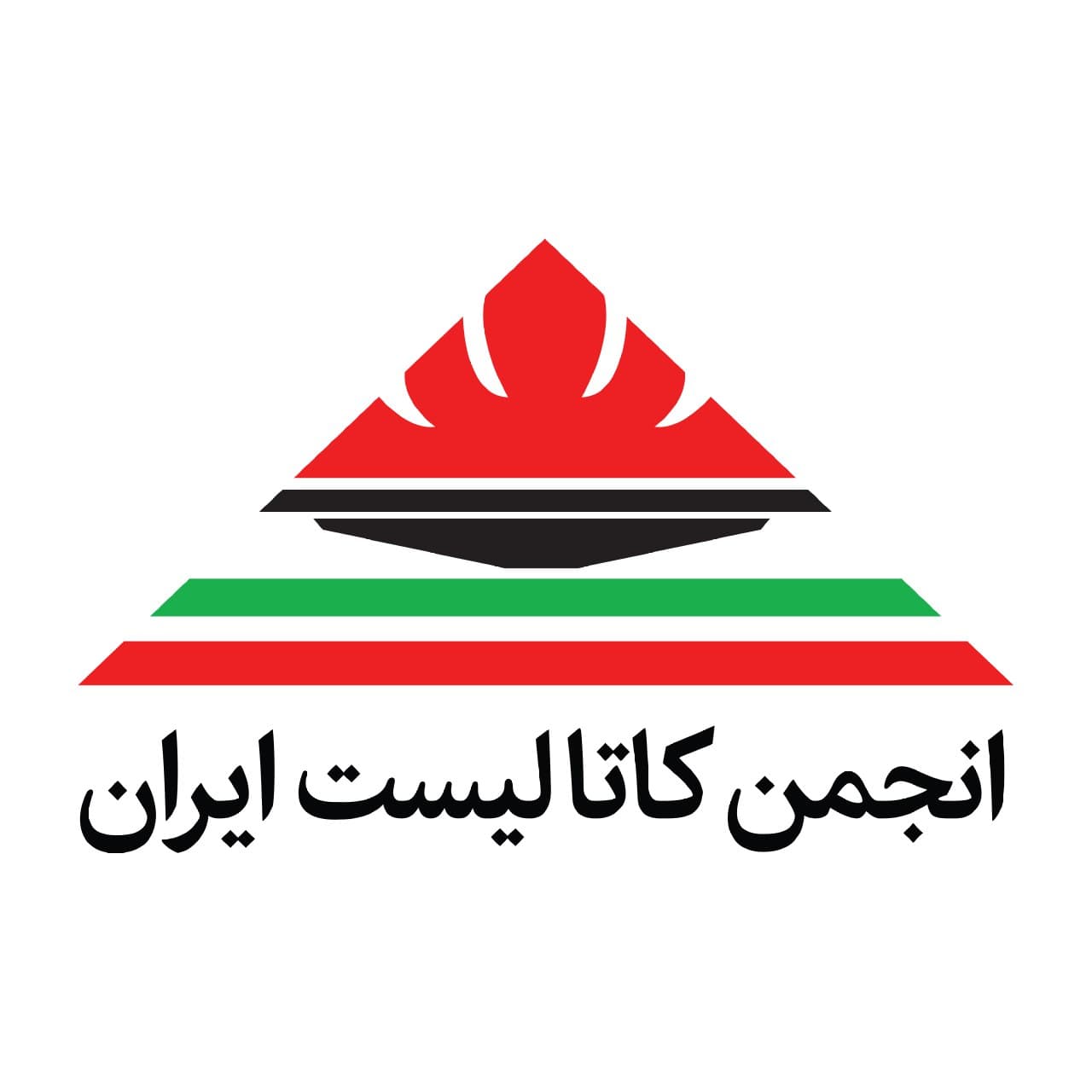After holding the first localization festival of Iran’s steel industry, the localization train arrived at the catalyst station. The third biennial conference on catalyst localization and direct iron reduction process with the aim of approaching and examining the status of catalyst localization and direct iron reduction process was held on 26-29 January at the Shaygan Hotel in Kish Island. Amir Hooman Karimi Vasegh, CEO of Sarv Oil and Gas Company, said at the conference: “Servo Oil and Gas Company, as a pioneer in the production of catalysts in Iran and the organizer of this conference, seeks to create an intimate environment between steel experts and industry experts.” The catalyst, in addition to maximizing the interaction between them and creating a common language, does not create the synergy required for the localization of the steel industry.

“Iran is one of the most widely used catalyst consumers because the main producer of sponge iron has become a direct reduction method,” said Karimi Vasegh, announcing that 3% of the catalyst needed by sponge iron producers is supplied by us. Referring to the importance of localization of equipment and consumer goods of domestic producers, Karimi Vasegh noted: “Catalyst localization is of great importance from a national point of view, and due to the strategic nature of this product, we decided to export it after several years of research.” Let’s industrialize. He added: “A lot of money was spent on research at the beginning of the work, but we believe and we believe that access to technical knowledge is not possible except with this method.” Karimi said: “The figures spent today are considered for investment by sending localized catalysts to the market and commercializing them.” Karimi reminded: “Our attention to the needs of the industry does not only lead to the production of catalytic products, so that today we not only assess the needs of industries but also to supply our raw materials from within the country, with other companies that have this possibility.” we do. For example, we have entered into cooperation with two companies from zero to one hundred to supply nickel.
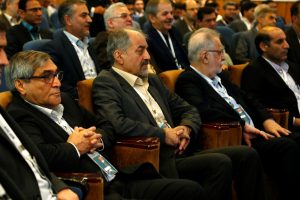
Mehdi Karbasian: Holding specialized conferences in the steel industry will increase the interaction between experts. Dr. Mehdi Karbasian, former Chairman of the Board of Imidro, said at the ceremony: 43% of the world’s mining industry, ie more than $ 2,000 billion, belongs to the mining sector. The steel sector has a special place in the economies of countries. Iran is rich in gas, iron ore and specialized forces, so special attention should be paid to steel in the country’s macro-industrial strategies, and this sector should have a special priority. He added: “Companies and domestic suppliers have been able to address the shortcomings of the steel industry and chain, and we hope that with the continuation of measures, the level of self-reliance in the steel industry will increase.” Referring to the 1960s, when he was deputy minister of roads, Karbasian said: “The volume of steel imports to the country was wide at that time.” At the same time, we did not have any goods to clean up with a country like Turkey, but since 1992, the situation has changed. He continued: “At the same time, due to significant foreign exchange earnings, there were imbalances, but now we can boldly say that we have become an exporter of steel.”
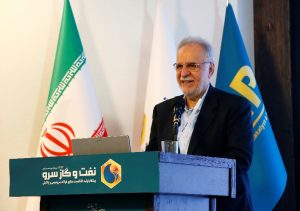
Karbasian pointed out: In the first 9 months of the year, we exported 7.2 million tons of steel, which had a foreign exchange income of $ 3.5 billion, which is not comparable to the situation of steel in the 60’s. Emphasizing that the issue of non-oil exports is one of the main issues in the country, he added: “The steel sector is an important area in the country’s economy and steel activists were able to place this issue among the officials.” Bahram Sobhani: Supply from within is an algebra / National Steel Festival promised to supply items and equipment from within. In the continuation of this program, Dr. Bahram Sobhani, President of the Iranian Steel Producers Association, while stating that Iran is the largest producer of steel by direct reduction method and electric arc furnace, said: the abundance of natural gas caused the development of steel to be based on direct reduction.
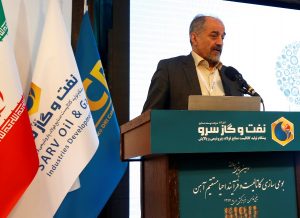
He said: “Throughout the history of world steel, direct reduction furnaces were considered young because from the beginning of the formation of steel production, blast furnaces were used. Sobhani pointed out: From the very beginning of using the technology of electric arc furnace, from zero to one hundred technologies of this speed was completely foreign. Referring to the successful experience of holding the first Iranian National Steel Festival and Exhibition, he said: “Last week, the first National Iranian Steel Festival and Exhibition was held in Milad Tower with a localization approach.” The companies present promised that everything could be provided domestically. The head of the Iranian Steel Association said that there were two bottlenecks in the steel field: in fact, the electrode and the catalyst were the two bottlenecks in the Iranian steel field. In the graphite electrode section, knowledge-based companies have worked on needle coke and reached experimental production, and at the National Steel Festival, a good contract was signed with them by Mobarakeh Steel and Khorasan Steel to meet this challenge. He stated: In the field of catalyst, the number of manufacturers of this product in the world was less than the number of fingers. But today, we are happy that Sarv Oil and Gas Company was able to release this industry from dependence in the direction of high efforts and appropriate action, and considering that production in the sponge iron sector is growing, it is necessary to cut dependence on the strategic catalyst product and supply it from The inside is more visible. He noted: “As a duty in Mobarakeh Steel, the import of domestic materials was banned in order to provide the necessary support to domestic suppliers.” The head of the Iranian Steel Producers Association noted: “At the National Steel Exhibition, consumers and producers came to the conclusion that supply from within is an algebra.” He said about the import of some equipment despite their domestic production: “Because the Iranian banking system is unable to It does not finance projects, so financing is used in some projects, which ultimately makes the import of some items mandatory, and this is a kind of financing algebra. If a banking system can meet the needs of industries in financing, domestic companies are able to produce equipment and we do not need an outside party. Sobhani called the issue of having technical and technological knowledge important and said: “On behalf of the Steelers and as the head of the Steel Association, I appreciate the internal units of catalysts that we no longer need Indians to supply catalysts.” Mohammad Keshani: 85% of Khuzestan Steel needs are supplied from inside and locally. Engineer Mohammad Keshani, CEO of Khuzestan Steel, in his speech at the third conference on catalyst localization and direct iron reduction process, stated: Khuzestan Steel’s view from the beginning was to use it internally, so that the company now meets 85% of its needs from within and Provides natively. One of the strategic commodities used is this catalyst. Until 1982, this product was supplied from India, but eventually the first cypress oil and gas catalyst in this complex was used experimentally. Keshani pointed out: In the discussion of localization in the first festival and national exhibition of Iranian steel, good things happened and brought the views of suppliers and consumers closer to each other.

Emphasizing that as parent industries, we should always be with small producers, he said: “We should have continuous support for knowledge-based companies, and in the category of localization, we should get out of the slogan and we should reform the structure.” The CEO of Khuzestan Steel continued: Supplier companies should also reduce their dependence on foreign countries and pay special attention to domestic production capacity. Keshani attributed the export to the growth of steel and said: “The steelmakers had an effective contribution from the place of export to the country.” He said: “In recent months, we have witnessed decisions by officials from the Ministry of Industry, Mines and Trade, and the real complaint is that the steel chain export train slowed down because false demand led to decisions by officials in May that reduced exports.” In conclusion, Keshani emphasized: Khuzestan Steel reduced exports from 2.8 million tons to 2 million tons and will reach 2.2 million tons by the end of the year. We also plan to produce 3.8 million tons by the end of the year. Assadollah Farshad: Association Support for Iranian and Indigenous Catalysts / We need special measures in export development. Engineer Assadollah Farshad, a member of the board of directors of the Association of Steel Producers and CEO of Ghadir Iranian Iron and Steel Company, said at the ceremony: The turnover of the catalyst field is $ 14 billion per year. He described Iran as one of the main consumers of catalysts and said: “The possibility of increasing the need for catalysts in the Iranian steel industry is likely to double.” Cypress oil and gas brought the country the honor of localization in the catalyst industry.
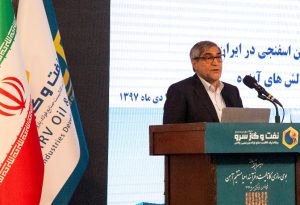
Referring to the statistics of sponge iron production in the world, he said: “According to the latest statistics, 83 million tons of sponge iron production has been in the world.” The share of sponge iron in electric arc furnaces in the world is still small, while in Iran, with the localization of direct regeneration, most companies work in the form of sponge iron. Therefore, in the production of sponge iron, we have the first rank based on gas consumption. Ghadir Iranian Iron and Steel CEO, announcing the support of the Association of Steel Producers for Iranian and localized catalysts, added: “In the first Iranian National Steel Festival and Exhibition, knowledge-based and knowledge-based companies that tried to localize the steel chain were honored.” A member of the board of directors of the Iranian Steel Producers Association pointed out: the areas of investment development upstream should be increased and the necessity of investing in mines is clear. He said: “This year, we will produce 25 million tons of steel in the country, and considering the consumption of 15 million tons domestically, there is a serious concern in the discussion of export development, and serious measures must be considered in this regard.” Peyman Salehi: The development of localization of equipment and consumer goods has been accelerated in the current situation. Dr. Peyman Salehi, Vice President for Technology Innovation and Commercialization, said at the conference: “As in the past, those who have the largest physical infrastructure in the ranking of the world’s top 4 companies are no longer selected, but at a glance we see the superiority of companies over satellite companies.” They support their development. Stating that the advantage of this work is the formation of organizational structure based on the innovation system, he added: “This model of investment approach, in addition to shaping the innovation system, also affects the acceleration system, followed by investing in shares of startup companies.” And knowledge-based, low-cost, accelerated investment development.
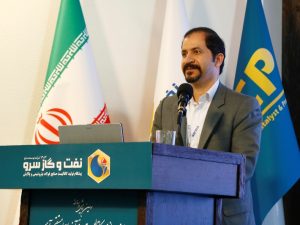
Mahmoud Rezaei: Mobarakeh Steel and Khuzestan Steel are two valuable wings of the catalyst industry / We have localized 90% of the resources and raw materials for making catalysts. Engineer Mahmoud Rezaei, Sales Engineering and Market Development Manager of Sarv Oil and Gas Company, while continuing the program, said that catalyst has been one of the main challenges of the steel industry in recent years, but with the efforts of domestic craftsmen and the support of steelmakers, it has become a strength in this field. : In the steel industry, the production of catalysts began in 1983, and with the support of thoughtful steel managers, the first research studies in this difficult direction began.
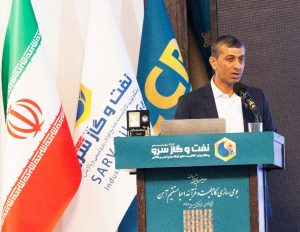
He added: Mobarakeh Steel and Khuzestan, as two valuable wings of the catalyst industry, have always had the necessary support from this domestic industry. He stated: The first industrial loading of direct reduction catalyst was done in 1992 and we entered the field of mass production and now we are on the verge of loading domestic production catalysts in Baft Steel. Rezaei stated: The localization of 90% of resources and raw materials was one of the positive measures of Sarv Oil and Gas Company to pass the sanctions and less damage. He continued: So far, 7 modules have been loaded with oil and gas catalysts and by the end of the year, 5 more direct reduction modules will be loaded with oil and gas catalysts. In conclusion, he said: “The Indian catalyst manufacturer has reduced the rate by about 51% in recent years in order to counter Iranian production, which is trying to eliminate the Cypress Oil and Gas Company by dumping.” Hossein Taghi Kohzad: Khuzestan Steel was the first steel complex to test Iranian catalysts. Engineer Hossein Taghi Kohzad, Director of Khostan Steel, stated that Khuzestan Steel was the first steel complex to test Iranian catalysts on a small scale, adding: Cypress gas Finally, the catalysts produced by this company had good operating conditions compared to foreign samples.
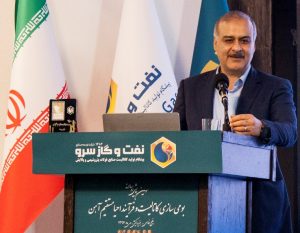
In the other part of the program, Kohzad addressed the issue of maintenance of reduction reformer catalysts and said: “The two main challenges in reformer catalysts in direct reduction units by the Midrex method are catalyst poisoning and carbon deposition on the catalyst.” “Catalyst poisoning can be temporary or permanent,” he added. Sulfur and compounds of sulfur, chlorine and other halogens and phosphorus can cause temporary poisoning in the catalyst. has it. Regarding the characteristics of permanent poisoners, he said: “By removing the source of poisoning, the activity of the catalyst has not returned to the previous condition and a small amount of these poisoners is enough even for a few minutes to fill the holes of the catalyst and deactivate the catalyst.” Sources of these toxins typically include iron oxide, water-soluble solids, water-insoluble solids, water treatment chemicals, pellet coating.
